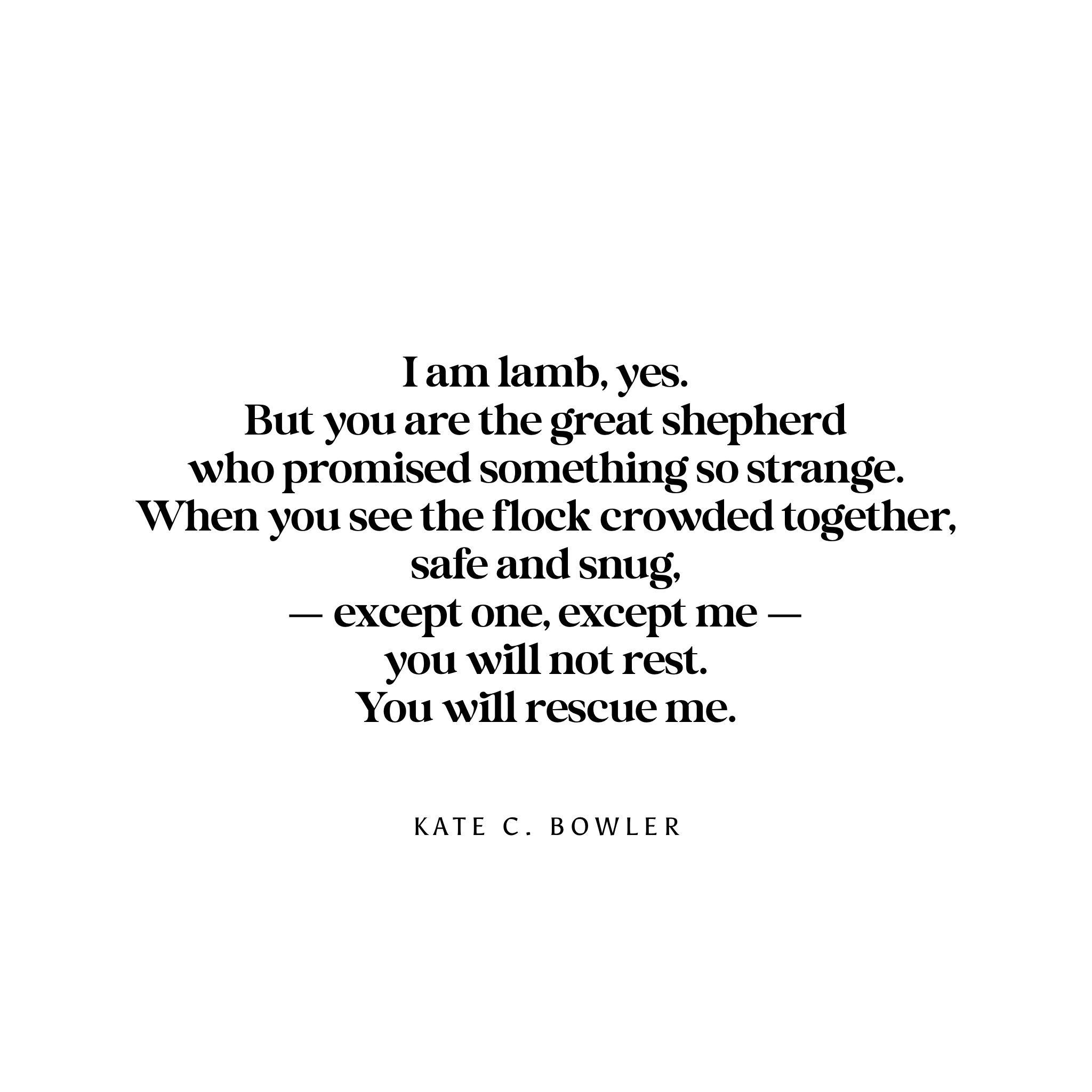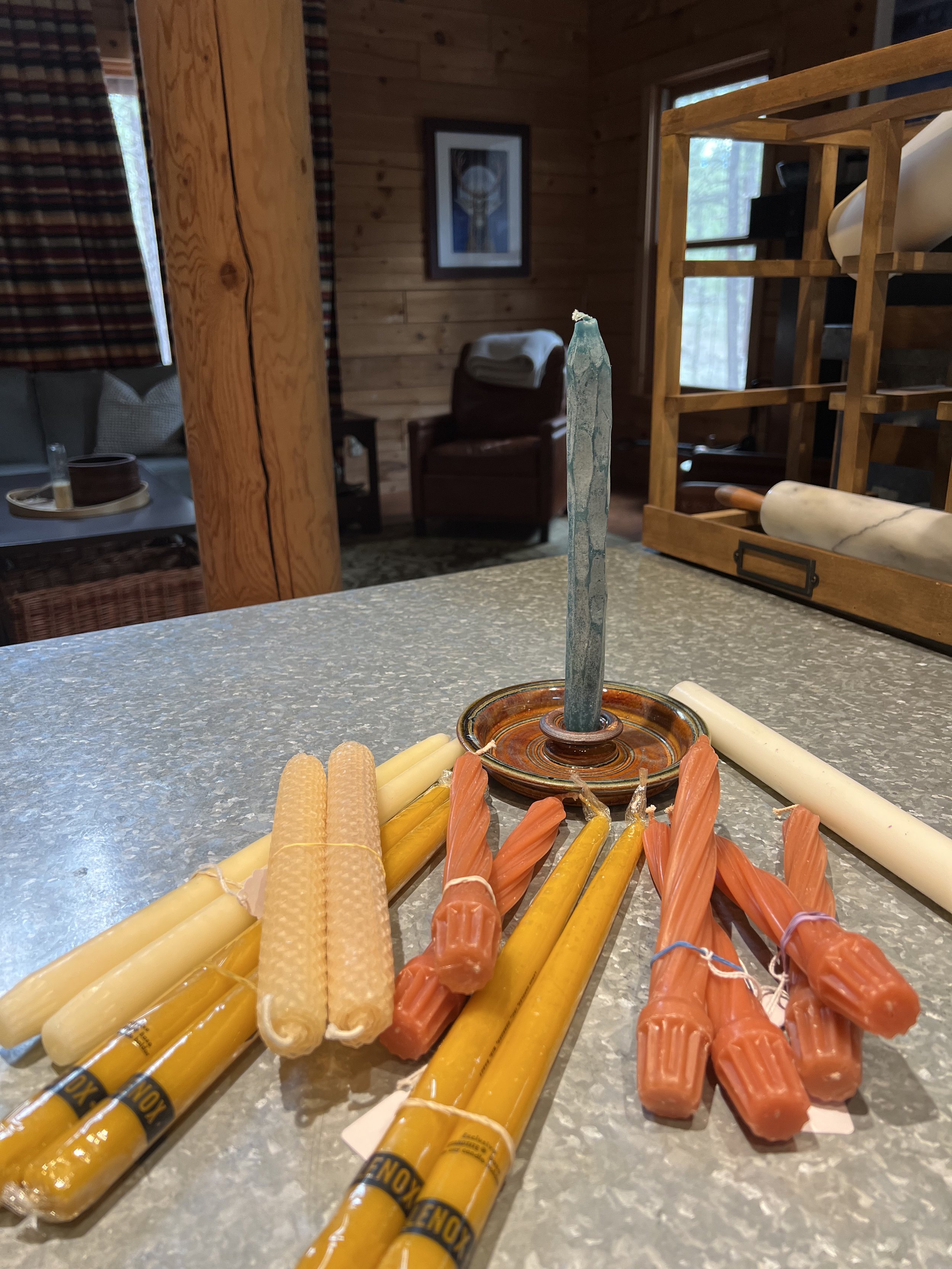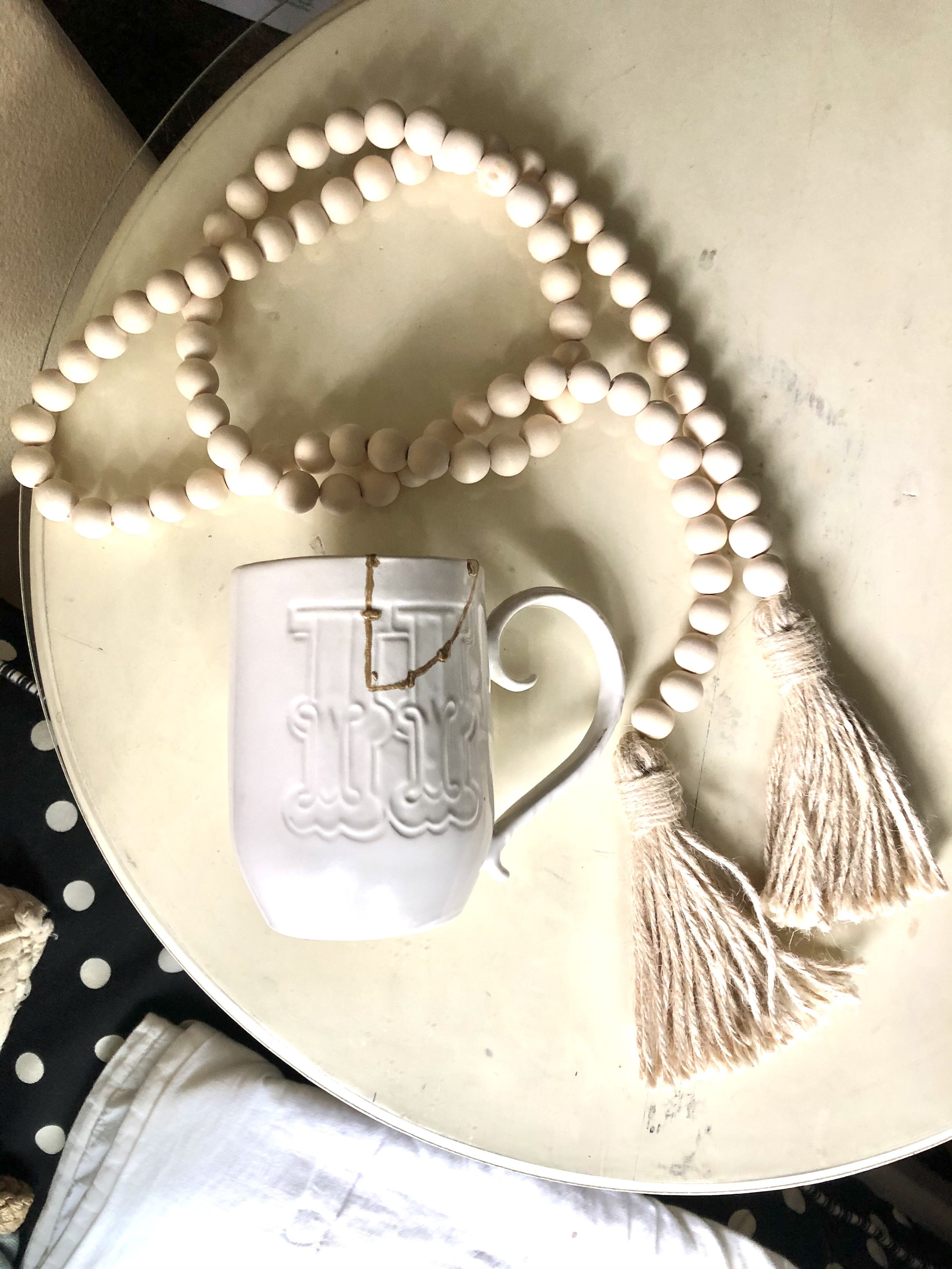6 Things We Learned this Spring (2024)
In the rustling grass
I hear him pass;
He speaks to me everywhere.
Maltie Babcock
When I look back as I surely do here, it is not for the sake of returning to any kind of better days with only one eye open. That gives no depth perception. It is my attempt at healthy growth, at a deepening below my surface level, at connecting with my soul and you and our Beautiful God in ways that we might have missed had these lessons remained only within me.
Here are 6 lessons spring offered me and now I offer to you.
Trust the small beginning. Start where you are with what you have.
Donkeys make good shepherds. This revelation is the result of my slowing down and savoring Scripture during Lent, letting it shine where it wants to shine or rest where it wants to rest. Then letting it connect with my life.
The donkey (or donkeys, mother and foal) that Jesus rode into Jerusalem, and art work from that biblical scene may be saying more than I originally heard about Jesus as our good Shepherd. He is a Shepherd who who knows how to lead and care for the sheep, can sense the wolf (even one disguised as a sheep), and stays to face danger and death for the sake of the sheep. With deeper reflection, I notice a Shepherd who has been through the wilderness, a good Shepherd on a good shepherd.
Which I only understood after meeting my sister’s donkeys, Minnie and Pearl. That’s the thing about starting where you are with what you have, it is full of surprises as I didn’t have any donkeys, but my sister did and I simply followed the part of the story that stuck with me even though it seem strange and perhaps too small.
The most important thing about starting where you are with what you have is to remember we begin Beloved.
Enjoy Moses’ prayer for Benjamin from Deuteronomy 33:12 for yourself,
God’s beloved:
God’s permanent residence.
Encircled by God all day long,
within whom God is at home.
2. Let a theology of tiny nudges help you show up with all of you.
I notice that many times all I need to show up is the tiniest little nudge - a gentle invitation, a note from a friend, a wink from my Dad, discovering a new spice, a new word, a new paint color, or a new place to walk.
For example, the last two times I have moved, all I needed was the nudge to take one thing off the wall or clear out one closet and then I was off and running with what had felt like an insurmountable task, de-cluttering and packing up my life.
Recently, I had the chance to test something Brené Brown has said,
“The willingness to show up changes us. It makes us a little braver each time.”
You see, I didn’t want to reveal a weakness I had finally admitted I had. At the same time, I felt a nudge that it needed to be opened up before others for my growth. Even sensing that growth edge, I hemmed and hawed, I tried to talk myself out of it in a hundred ways, I hoped my colleagues were unavailable to meet or we’d run out of time when we were together. Wasn’t it enough that I had admitted it to myself and my God?
Nice try, but the day arrived and finally, I shared with shaky insides and slick sweat on my forehead.
And you know what? They were gracious and creative and didn’t even blink at my weakness. (They probably already knew.) And by the end (but not during), I felt my courage growing, expanding and making more room inside me. Even if I am not so well-received in the future (I haven’t been in the past which is the story I was still telling myself), I will know the possibility of bravery comes in the actual showing up with all of myself. The bravery itself is on the other side of vulnerability, a little more with every risk.
The theology of tiny nudges can even help even when things are less fixable than just getting started or being vulnerable about your weaknesses. In cases of disappointment, death or a dire diagnosis, the tiny nudge to show up with simply yourself (no answers, no advice) might be the best friendship of all.
Here are some ways that might help you show up with your most grounded self.
• What if I talk to myself or others just a teensy bit kinder?
• What if I tell someone what I am afraid to do or say? Who would I tell?
• What if I take a deep breath, open my hands and tiptoe into the place, conversation or room where I am afraid to go, slick sweat, shaky heart and all?
• What if I make that phone call, send that note or make that appointment, today?
• What if I go to bed or wake up 15 minutes earlier?
• What if I try the thing, sign up for the workshop, take the class?
Here is part of a prayer from Kate Bowler that helped me show up recently.
Let me know the satisfaction of sleep,
exhausted by my efforts.
Walk me to the edge of comfort
and keep me there long enough
to reach for something more.
Rescue me from familiar self-hatred.
(You’ll never do it. You can’t do it.)
Refine my ambition into honest goals.
Quiet my mind when it is already certain
that nothing could possibly be different.
And rekindle a tenderness
in my uncertain heart
for my own small moments of courage
as I peek my head out
from this hiding place
— and all the comfort
of this familiarity —
to announce. “I’M READY!”
if only to myself.
The old stories might still be playing in our heads and hearts, the old voices (so convincing and accusing) might still be insinuating our defeat, but tiny nudges are persistent, purposeful and hold so much hope that we can let them give us the momentum we need. And their theology is a pattern I want to follow to reach something new.
3. There’s a science to picking and purchasing daffodils.
Ever wish you knew how to choose flowers at the grocery store with the most potential? This is what I am learning.
My neighbor left me a message to pick her daffodils while she was away. As nothing is blooming yet at our new place, I was thrilled. But also, I wanted to pick with the best form to keep both the plucked daffs and those left in the ground blooming as long and full as possible.
So, after watching this online video from Northlawn Flower Farm, I grabbed my gloves to protect my hands from their irritating sap (oxalates) and a bucket of fresh water and went in search of stems in the elegant swan-neck stage of bloom with heads humbly bowed to the ground. They might not open at all if the buds are not ripe, i.e. pointed straight up to the sky. And they open rather quickly (over the course of about a day) so you want to begin with a humble and ready bud.
After allowing them to release their toxic sap in the first batch of water for 2-3 hours (for their longevity and the sake of other flowers I might add to the bouquet), I transferred them to a fresh pitcher of water and enjoyed their sunny faces by my kitchen sink for about a week.
Follow these tips when gathering daffodils from your yard or at your local grocery store - also when gathering news and politics.
4. Noticing and naming what we’re holding can connect us to the life we’re actually living.
A worry, a dream, a sadness, a bag of groceries, a fear, an excitement, a baby, a cup of tea, a cookie, a hope. These are all things we carry, some seen and some perhaps unseen, some heavy and some light.
My dear friend, Heidi, recommended a book called Women Holding Things by Maira Kalman. I checked it out at my local library. It is a quirky, creative, funny illustrated book of the array of complicated things women hold in life from red balloons to cups of coffee to honey in a garden to children to our hands on our hips to grief.
Maira and her paintings got me thinking about things I was holding.
I am currently holding - thrifted taper candles and candlestick, a pitcher of daffodils, sadness over Uncle Buddy’s death, my three youngest Wonders (9 mos, and two 3-year-olds) and sometimes a 5-year-old that wraps his legs around me, a painful high school regret, farm fresh eggs from my neighbor and a pottery mug of coffee with cream, a tender spot in my heart for my friend Jenni who has been gone for fifteen years, 39 years of marriage, the highs and lows of each of my companions in spiritual direction, excitement over having a house full of Wonders in about 3 weeks, Henry’s life and slow death, and pretty much always a book or two.
I wonder what you are holding that needs to be noticed, named and tended.
All that noticing helps me see what others are carrying too.
I recently saw a woman carrying a painting of a sad-eyed dog, another women with three pairs of glasses on the top of her head and one over her eyes, a dear friend carrying the joy of finally becoming a Gigi, my mama holding questionable blood markers, and Mike’s mom carrying the trauma of a childhood fire that makes her unplug everything.
5. Roominess is not only a quantity of space but a quality as well.
Roominess is a word I use to describe that feeling of places and people with room for me to breathe, filled with God’s mercy and abundance even when the circumstances cut the other way. It is a feeling of freedom and flourishing not only good for me but for my neighbor and my neighborhood and around the world. Roominess is the opposite of being guarded or closed-off. You might say spaciousness.
Roominess is when I am asking good questions or they are being asked of me, when I am gathering the courage to follow my dreams toward God with Jesus or let others follow theirs, when I admit my flaws, when I discover the forgiveness, mercy, justice and tenderness to offer others is flowing from that aquifer running under our feet.
I wrote a whole piece over at the Companioning Center about how it felt to discover roominess after sensing it from a long way off.
6. Japanese words are deepening my vocabulary.
Way back when I was in Architecture School, I learned about wabi-sabi , a Japanese aesthetic and worldview with a view of accepting imperfect beauty, beauty from simplicity and wear, bearing the mark of impermanence.
While reading “Three Mile an Hour God” written by Kosuke Koyama, a Japanese Christian, I was introduced to another Japanese word, nin-gen, a person in-between or where people live. In Japanese, nin is not a stand alone word. It carries with it ideas of connection and patience, especially patience that endures suffering. Kosuke connects this liminal person to Adam who was never meant to stand alone and the deep sleep initiated and worked in by God where Eve was created.
Our lives are full of liminal spaces. Our world is between the waters above and the waters below. We constantly live between and life and death and life again. But we do not live in-between all on our own. We are tended by our Creator in a world where he is present and active, a cosmos he continually enchants with himself.
The mysterious ways of our good and beautiful God are slow and deep and they happen even while we sleep.
“Love has a speed. It is an inner speed. It is a spiritual speed. It is a different kind of speed from the technological speed to which we are accustomed. It is slow yet it is lord over all other speeds since it is the speed of love. It goes on in the depth of our life, whether we notice or not, whether we are currently hit by a storm or not, as three miles an hour. It is the speed we walk and therefore the speed the of love of God walks.”
Then, I learned about kintsugi, a Japanese method of mending broken pottery with gold in a way that the filled seams become part of the new beauty. The cracks are not hidden but receive loving attention something that sings Jesus’ song to me.
And most recently, I found komorebi, a Japanese word for soothing sunlight through the trees. It is a combination of tree + light + leaking through.
Sometimes we need another language or vantage point to find the apt word for a feeling, aesthetic or phenomenon.
While these are my lessons this spring among the dogwoods, tulips, peonies and incessant rain, I suspect there is something in them for you, too.














